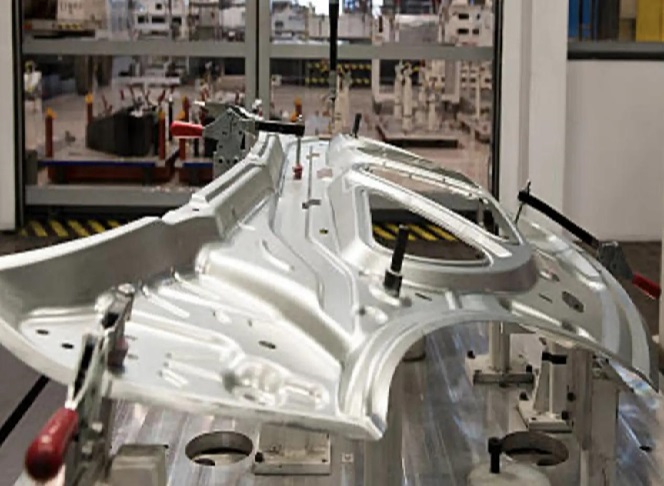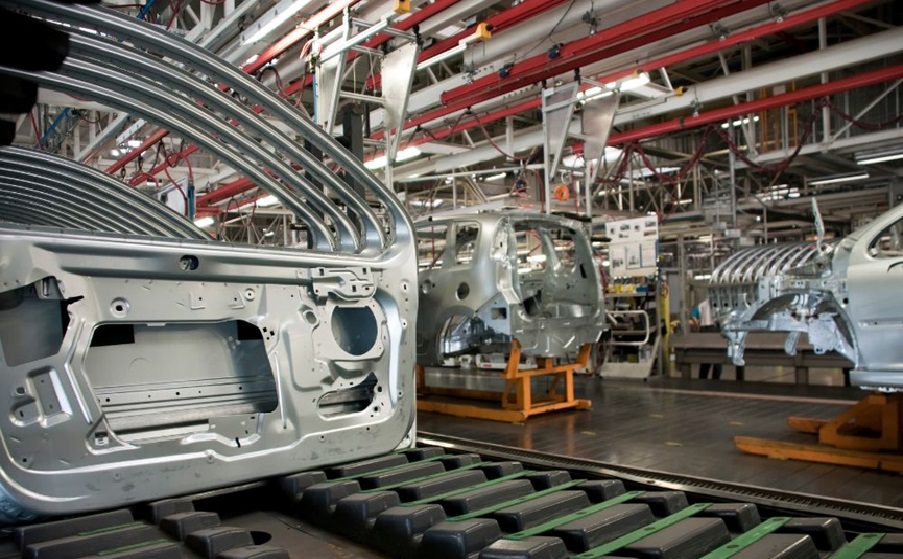In the fast-paced automotive industry, manufacturers are constantly searching for ways to optimize production without compromising on quality.
Automobile manufacturers can cut expenses and increase efficiency while upholding strict durability and precision criteria.
This article explores various cost-effective solutions in automotive sheet metal fabrication that are driving the industry forward.
Importance of Cost Efficiency in Automotive Manufacturing
In order to stay profitable in the very competitive automobile sector, manufacturers must strike a balance between quality, innovation, and cost effectiveness. Reducing production costs while maintaining the structural integrity, safety, and performance of components is crucial.
Sheet metal fabrication plays a vital role in this effort as it is used to create a wide range of automotive parts, including body panels, structural components, and internal brackets. Finding ways to make sheet metal fabrication more cost-effective allows manufacturers to pass savings on to consumers without sacrificing the quality of the final product.
Automating Processes to Streamline Operations
Using automated technologies is one of the best ways to reduce costs in the manufacture of automobile sheet metal. Robotic systems and automated machinery have revolutionized the production process, allowing manufacturers to reduce labor costs and increase precision.
Computer Numerical Control (CNC) Equipment: CNC equipment is frequently used in sheet metal manufacturing to perform operations like drilling, bending, and cutting. These devices enable high-speed production with little assistance from humans. CNC technology ensures that parts are produced with consistent quality, reducing waste caused by human error.
Robotic Welding: Automation in metal welding processes has become essential for high-volume automotive production. Robotic welding systems can operate around the clock with precision, ensuring stronger, more consistent welds. This minimizes material waste and the requirement for rework.
Laser Cutting Technology: For cutting intricate forms and designs, the sheet metal laser cutting provides an affordable option. It requires minimal tooling and can produce highly accurate cuts with little material loss. Laser cutters are also faster than traditional cutting methods, improving production efficiency and lowering overall costs.

Material Optimization
Material costs account for a significant portion of the expenses in sheet metal fabrication. Choosing the right materials and minimizing waste are crucial to keeping costs down.
Aluminum and High-Strength Steel: To create lightweight yet robust parts, a lot of automakers are using aluminum and high-strength steel. These materials may be more expensive initially than conventional steel, but they save money over time by increasing vehicle fuel economy and lowering pollutants. Lightweight materials also contribute to lower transportation and handling costs due to reduced weight.
Material Nesting: Nesting software optimizes the layout of parts on a sheet of metal before cutting.Manufacturers can cut down on material waste by organizing pieces as efficiently as feasible. Less wasted metal translates to cost savings and more sustainable production practices.
Lean Manufacturing Principles: Cut unnecessary material stock and storage expenses by putting lean manufacturing concepts, such Just-in-Time (JIT) inventory, into practice. This approach ensures that materials are only purchased when needed, preventing overproduction and material wastage.
Reducing Post-Processing Costs
To get the right finish, many items made using standard sheet metal fabrication techniques need to undergo post-processing procedures like polishing, deburring, or surface treatment.
These extra procedures may result in higher labor expenses and longer production schedules. However, innovations in fabrication techniques have made it possible to minimize or even eliminate post-processing in some cases.
Precision Cutting and Bending: By using precision machinery like press brakes and laser cutters, manufacturers can produce parts that meet exact specifications without the need for further machining. This reduces labor time and material handling, directly lowering costs.
Surface Treatments: The integration of powder coating and anodizing during the fabrication process allows for parts to be finished directly on the production line. These treatments improve corrosion resistance and surface appearance while reducing the need for post-production finishing.
Improved Tooling: Modern tooling techniques such as adjustable dies or multi-functional tools reduce the need for tool changes during the fabrication process. This speeds up production, decreases downtime, and cuts operational costs.
Design for Manufacturability (DFM)
Another critical cost-saving strategy in automotive sheet metal fabrication is the adoption of Design for Manufacturability (DFM) principles. DFM involves designing parts with the manufacturing process in mind, ensuring that they are easy and cost-effective to produce.
Simplified Geometries: By designing parts with simpler geometries, manufacturers can reduce the complexity of fabrication processes. This translates to lower tooling costs, faster production, and fewer opportunities for defects.
Standardized Components: By reducing the need for special fabrication—which can be expensive—standardized components can be used wherever practicable. Standardization makes it possible to buy materials in quantity, which lowers expenses even further.
Early Collaboration: Collaborating with fabrication teams early in the design process ensures that parts are optimized for manufacturing from the start. This reduces the likelihood of design changes later in the process, which can add unnecessary expenses.
Energy Efficiency and Sustainability
As energy costs rise and sustainability becomes more important in the automotive industry, manufacturers are exploring ways to reduce their energy consumption in sheet metal fabrication.
Energy-Efficient Machinery: A lot of the machinery used in modern fabrication is made to be more productive while consuming less electricity. This helps lower the overall operational costs of a fabrication plant.
Recycling Scrap Metal: Recycling leftover metal from the fabrication process is another way to reduce costs. Many manufacturers have implemented recycling programs to collect and repurpose scrap metal, reducing the need to purchase new materials.







